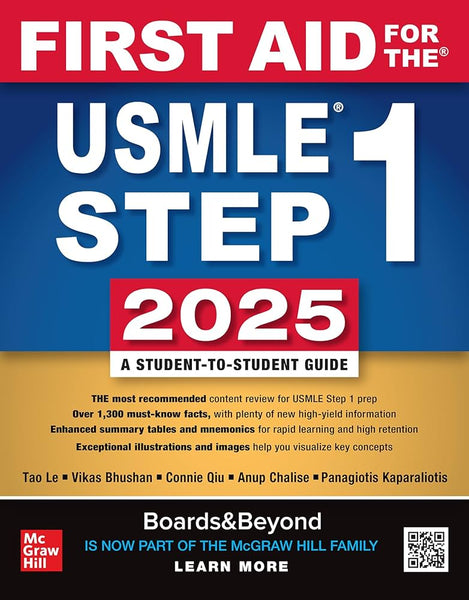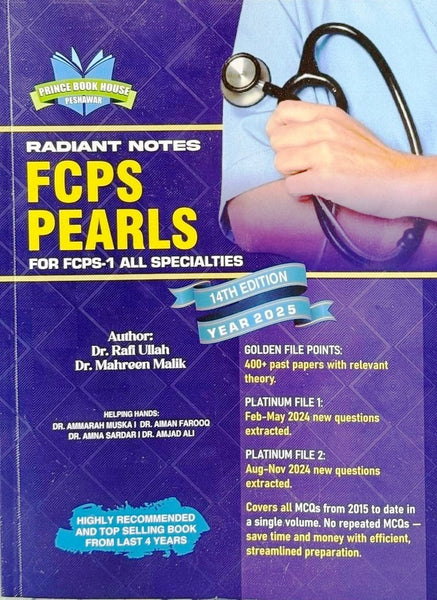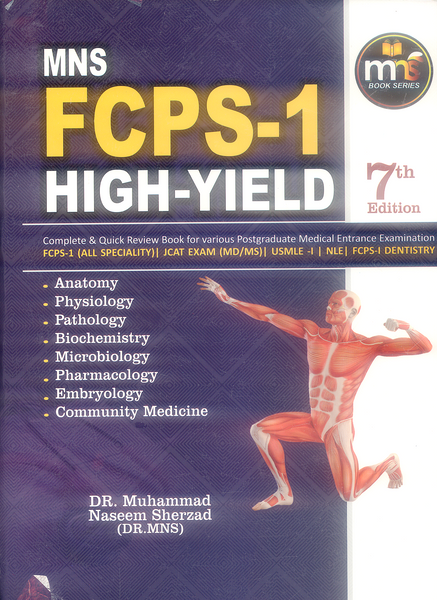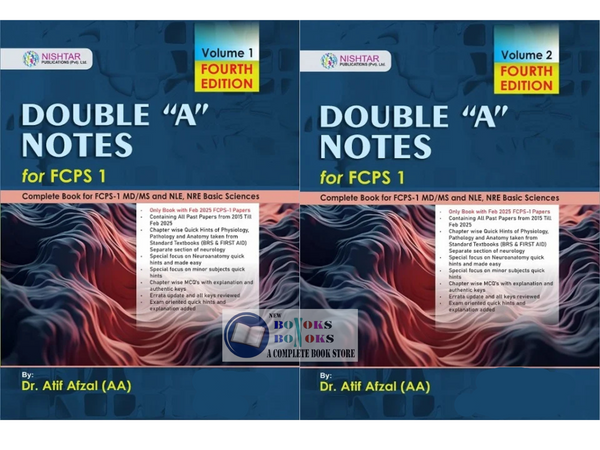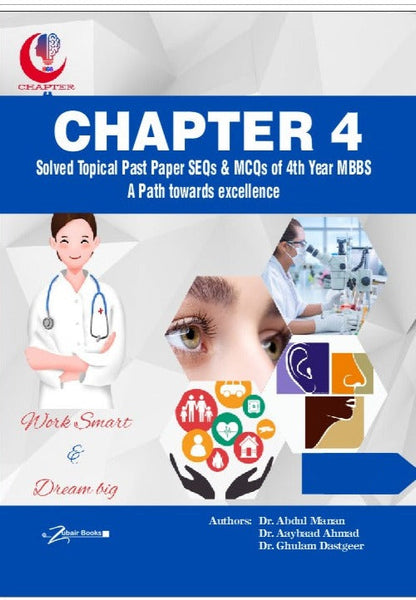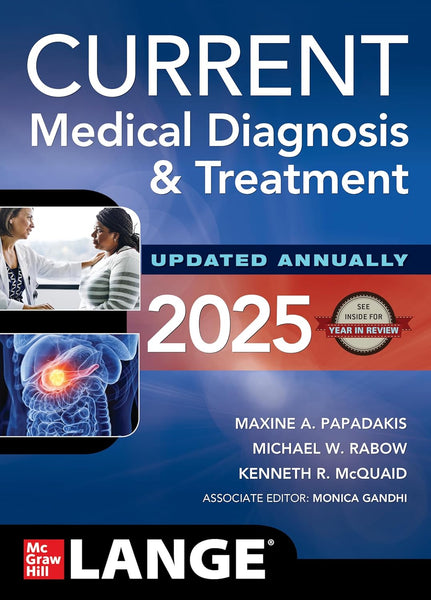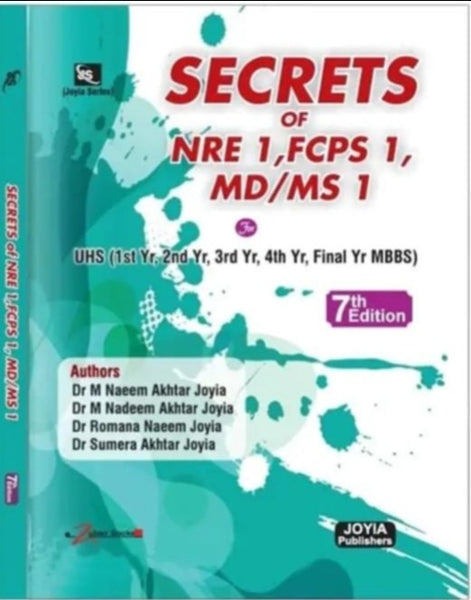Establishing A CGMP Laboratory Audit System By David M Bliesner
- Publisher: MEDICAL BOOKS
- Availability: In Stock
- SKU: 50622
- Number of Pages: 296
Rs.1,380.00
Rs.1,695.00
Tags: action planning , action plans , affordable prices , audit logistics , audit planning , audit practices , audit processes , audit reports , audit schedules , audit system , audit team , best books , best books online , Best Price , best prices , Best Selling Books , best shop , BestBuy’s , Book Shop , Book shopping , bookshop , bookshop Multan , bookshop near me , bookshop online , bookshop online Multan , bookshopPakistan , buy online books , CAPA , case studies , certification , CGMP , competency , competency assessments , conducting audits , continuous improvement , Convenient Shopping , corrective actions , critical areas , critical findings , digital shopping , documentation , findings , good books , good booksonline , inspection management , inspection readiness , inspection-ready. , Internet Shop , laboratory , laboratory managers , laboratory operations , Lean methodologies , major findings , minor findings , non-conformances , objective reporting , one stop shop , Online Book Shop , ONLINE BOOKS , Online Books Shop , online books store , Online Bookshop , Online Bookshop Pakistan , online bookstore , online shop , online shopping , Online Shopping Pakistan , OnlineShoppingPakistan , onsite evaluations , Pakistan Bookshop , PakistanBookshop , PakistanOnlineShopping , preventive actions , price cut , price-friendly Comprehensive , quality , ReasonablePrice , reduced price , regulations , regulatory inspections , regulatory standards , reporting , root cause , root cause analysis , secure shopping , Shopping , ShopSmartPakistan , Six Sigma , stakeholder communication , successful audits , theoretical concepts , training programs , Virtual Shop
This guide provides a thorough framework for establishing a Current Good Manufacturing Practice (CGMP) laboratory audit system. The book delves into the critical aspects of auditing, offering practical insights and methodologies to ensure compliance with regulatory standards. It serves as an essential resource for laboratory managers and quality assurance professionals, aiming to enhance the effectiveness and efficiency of their audit processes.
Key Points:
1. Understanding CGMP Requirements
An overview of the fundamental CGMP regulations and their implications for laboratory practices. This section outlines the key compliance requirements and standards that laboratories must adhere to in order to maintain certification and avoid regulatory penalties.
2. Audit Planning and Preparation
Guidance on how to effectively plan and prepare for an audit. This includes creating audit schedules, identifying critical areas to be audited, and assembling an audit team with the necessary expertise.
3. Conducting the Audit
Step-by-step instructions on conducting an audit, from opening meetings to onsite evaluations. This point emphasizes the importance of thorough documentation, effective communication, and detailed observation during the audit process.
4. Identifying and Documenting Findings
Strategies for identifying non-conformances and documenting findings accurately. This section covers the types of findings, such as major, minor, and critical, and how to categorize and prioritize them for action.
5. Reporting and Communicating Results
Best practices for compiling audit reports and communicating findings to relevant stakeholders. It highlights the importance of clear, concise, and objective reporting to ensure that the audit results are understood and acted upon appropriately.
6. Developing Corrective and Preventive Actions (CAPA)
Detailed guidelines on creating and implementing effective corrective and preventive action plans. This includes root cause analysis, action planning, and follow-up to ensure that issues are resolved and prevented in the future.
7. Training and Competency
Emphasis on the role of training and competency in maintaining a CGMP-compliant laboratory. This section discusses the importance of ongoing training programs and competency assessments to ensure that staff are knowledgeable and skilled in CGMP requirements.
8. Continuous Improvement
Approaches to fostering a culture of continuous improvement within the laboratory. This point explores methodologies such as Six Sigma and Lean, which can be integrated into the audit process to enhance efficiency and quality.
9. Handling Regulatory Inspections
Preparation strategies for regulatory inspections, including what to expect and how to respond. This section provides tips on interacting with inspectors, managing inspection logistics, and ensuring that the laboratory is always inspection-ready.
10. Case Studies and Practical Examples
Real-world examples and case studies illustrating successful audit practices. This point provides practical insights and lessons learned from actual audits, helping readers apply theoretical concepts to real-life scenarios.
By implementing the comprehensive guidelines and best practices outlined in this guide, laboratory managers and quality assurance professionals can establish robust CGMP audit systems. This will not only ensure regulatory compliance but also enhance the overall quality and reliability of laboratory operations.
════ ⋆★⋆ ════
Writer ✤ David M Bliesner



